Frustrated by the lack of real-time systems for live sports graphics, MST Systems developed its own Unreal-powered system, Verso Live

Two years after its launch, following investment from an Epic MegaGrant, Unreal-powered live broadcast graphics system Verso Live has seen widespread use, most recently enabling a refresh of the Ryder Cup graphics package.
Verso Live draws on the power of Unreal Engine to address slow rendering times and poor real-time performance during the playout of broadcast graphics.
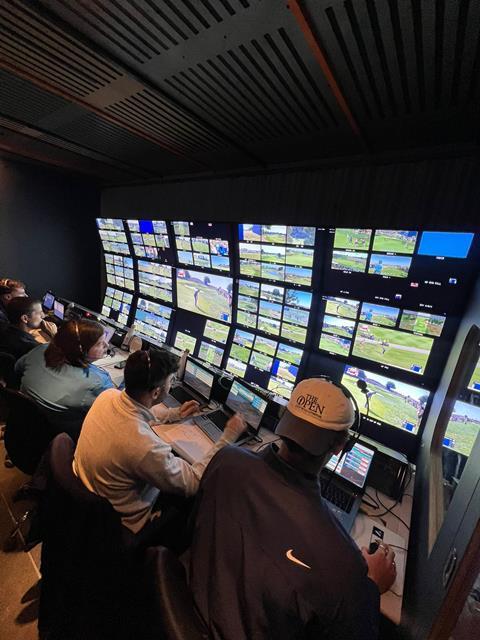
It was developed by broadcast graphics provider MST Systems, which uses Verso Live on DP World Tour events, including its first appearance at this year’s Ryder Cup.
The Ryder Cup graphics package design and build was refreshed by MST Systems working across the original graphics design, with Verso Live used for the build of graphics in Unreal Engine.
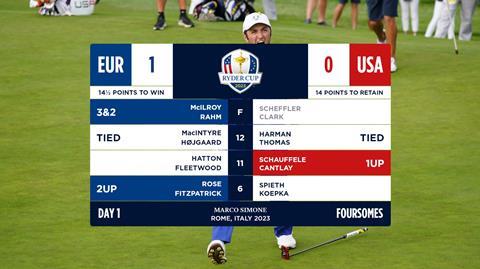
All graphics were created in the native Unreal Engine editor using user widgets and then loaded into Verso Live for data integration, control and playout.
Verso Live managing director Jeff Clark, who has been with MST Systems for more than 12 years, explained the launch of Verso Live to Broadcast Sport: “MST have been doing graphics for 28 years now, and we wanted our own graphics tool and graphics engine to be the base of what we do.
“We wanted to use Unreal Engine for all the benefits it offers, and we couldn’t find an existing way to get Unreal into broadcast in the format that on-screen data-driven broadcast graphics would like. So that started the whole journey of setting up Verso Live.”
The Epic MegaGrant made it possible for MST to put proper resources into developing the product, which was launched less than two years later. It is now the system of choice for the company on most of its live graphics projects. Other companies can also buy licenses to use it themselves too.
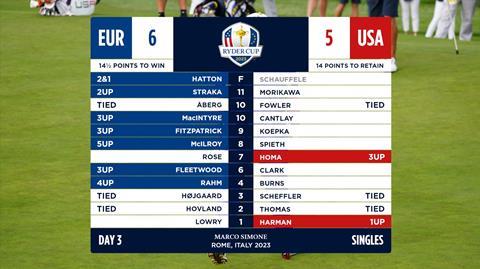
Clark adds: “A lot of graphics engines in broadcast will say they are real-time, but a game engine is the pinnacle of real-time. To anyone playing a computer game, if they press forward on their controller, they see it instantly on their screen. And so that level of real-time now exists in broadcast.”
During the Ryder Cup, the speed benefits of having a games engine powering the live on-screen graphics were immediately apparent, says Clark. “We had an operator who hadn’t used Verso before and he came in the truck and was like, ‘Okay, I’m going to preview some graphics and see how this thing works.’ Normally you press the buttons to preview the graphics you want, and you look up to the monitor stack and wait a bit and then see them pop up. But now the graphics appear the moment you press the keyboard, which means you can really, really push your graphics production.”
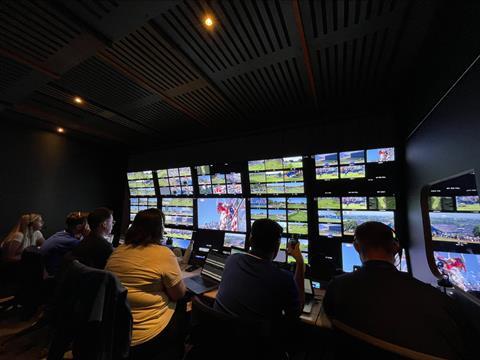
Clark gives an example of what’s now possible with The Ryder Tour. “Before we could get a top left graphic out while we’re watching the golfer put, and maybe a little drop down that shows some extra information. But now, because we’re not waiting for things to render or preview, there’s a lot more flexibility in what we can offer and a lot more on-screen information can be presented at once.”
This includes a ‘constant leaderboard’, which MST had previously tried to make work but just couldn’t do it, as the graphics systems were too slow, says Clark. “Verso has already enabled these new graphics, so with the Ryder Cup we had a constant mini leaderboard in the bottom right, which could even transform to headshots and shrink back down into the corner again.”
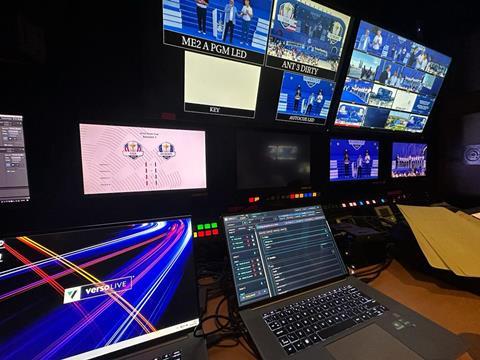
The design of the graphics for the Ryder Cup didn’t go too over-the-top, given the slightly conservative nature of golf coverage, but the potential is there for Verso Live to offer more eye-catching on-screen insights.
“We did show them initial concepts of 3D Colosseums and things and everyone was like, that’s cool, but you know, probably not for the Ryder Cup,” says Clark. “I think it’s more been about these constant leaderboards and how they change state, and how all these graphics that come on screen interact with each other that’s been the really standout aspect of The Ryder Cup coverage.”



No comments yet